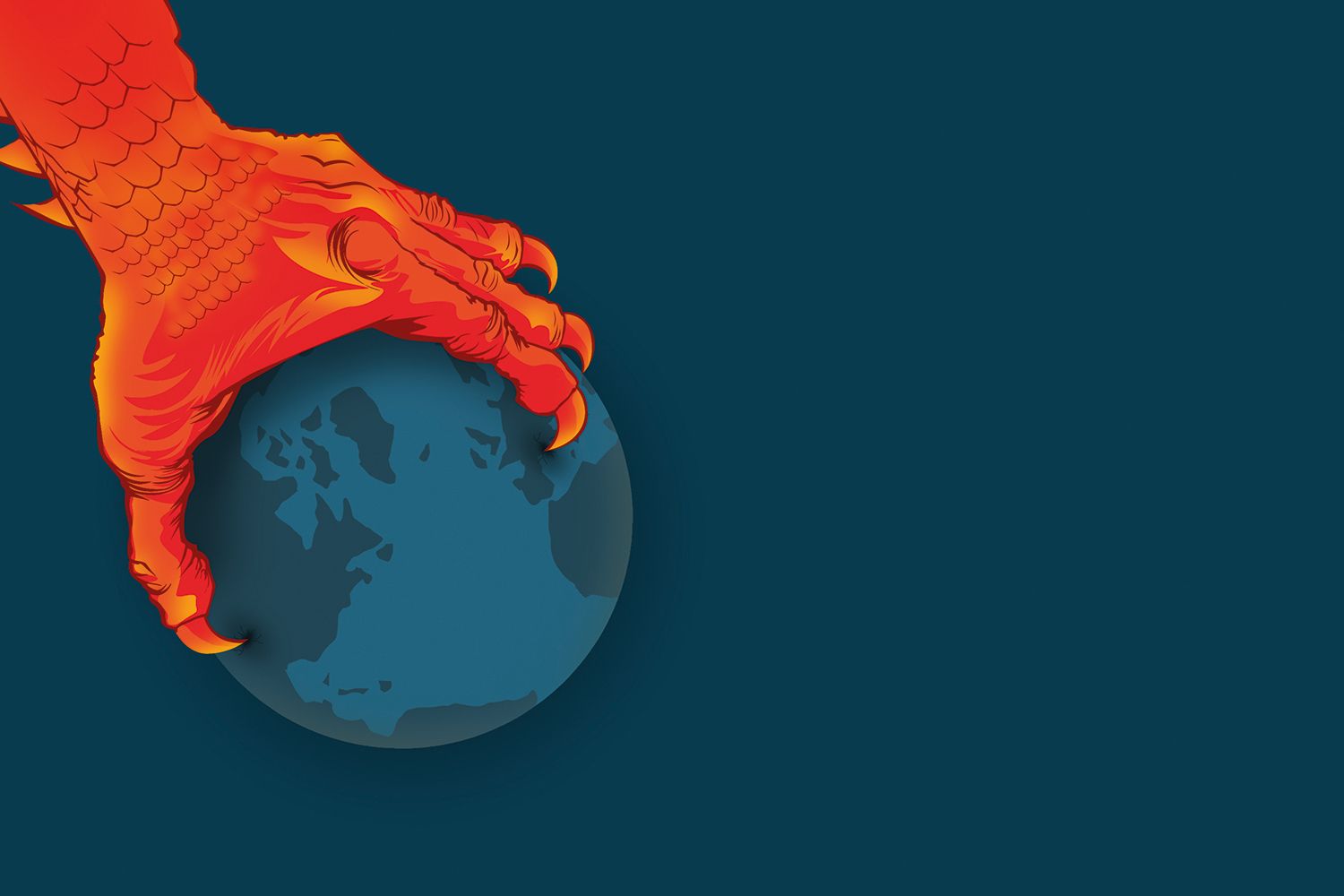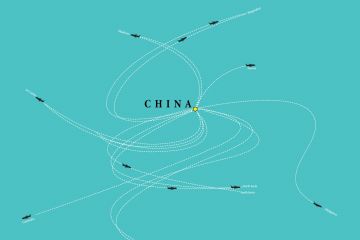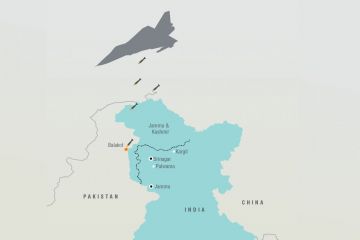
It happens only rarely but when the old order shifts and
while its alternative is taking shape, the world is characterised by high
instability. The collapse of the Soviet bloc, for instance, (described by the
scholar Francis Fukuyama as the end of history) led to the era of the sole
superpower, which required a massive readjustment of alliances and attitudes in
the rest of the world. Today we seem poised on the edge of another whirlwind, a
phase of fundamental strategic realignment based on
Continue reading “China's plan for world dominance”
Read this story with a subscription.





